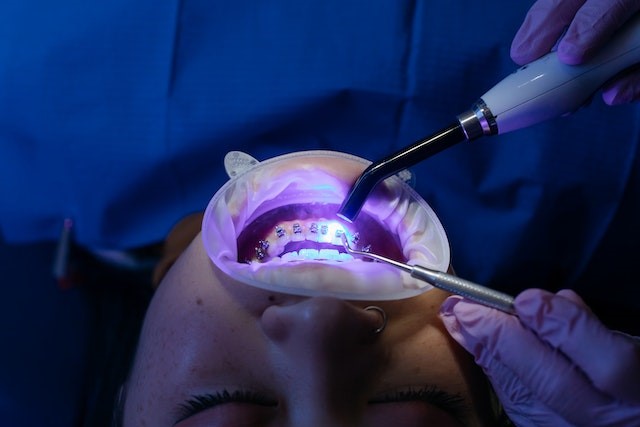
Orthodontics has a rich history dating back thousands of years. Throughout its evolution, orthodontics has seen incredible advancements in techniques and technologies, leading to safer, more effective, and aesthetically pleasing treatments. In this blog, we'll take a captivating journey through time, exploring the fascinating transformation of orthodontics from ancient practices to modern techniques.
Ancient Beginnings
The roots of orthodontics can be traced back to ancient civilizations, where crude attempts were made to straighten teeth. Archaeological findings reveal that early societies used materials like animal intestines, gold wires, and catgut to create primitive braces. In ancient Egypt, mummies have been discovered with metal bands around their teeth, suggesting an early form of dental realignment.
18th and 19th Centuries: Pioneering Efforts
The 18th and 19th centuries saw significant contributions to orthodontics. Pierre Fauchard, a French dentist, is often hailed as the father of modern orthodontics. He introduced the bandeau, a device made of precious metals used to expand dental arches. Later, in the 19th century, Christophe-Francois Delabarre invented the wire crib, a precursor to modern braces.
20th Century: The Dawn of Modern Orthodontics
The 20th century witnessed a revolution in orthodontic techniques. Edward Angle, an American dentist, established orthodontics as a distinct dental specialty and developed a classification system for malocclusions that is still used today. During this time, bands and brackets began to replace wires and crib devices, significantly improving treatment efficiency.
Post-WWII Innovations
Following World War II, orthodontics entered a period of rapid innovation. Stainless steel became the standard material for braces due to its durability and cost-effectiveness. Pioneering advancements like the development of dental adhesives and X-rays for diagnostic purposes further improved orthodontic care.
Contemporary Orthodontics: A New Era
In recent decades, orthodontics has seen an incredible transformation with the advent of digital technology. Computer-aided design and 3D printing have revolutionized the creation of aligners and braces, allowing for customized treatment plans tailored to each patient's unique needs.
Invisible aligners, a breakthrough in orthodontic treatment, have gained immense popularity. These transparent and removable aligners offer a discreet alternative to traditional braces, providing patients with more flexibility and comfort during their treatment journey.
Conclusion
The journey of orthodontics from ancient practices to modern techniques is a testament to human ingenuity and the quest for better oral health and aesthetics. Dr Barden participates in continuing education programs so that he can utilize cutting-edge technologies and evidence-based practices to enhance his patient experiences and treatment outcomes. As we look back on the evolution of orthodontics, we can only imagine the exciting possibilities that lie ahead in this dynamic field, making brighter smiles and improved oral health accessible to all.
Follow us on Facebook, Instagram or X (Twitter) for more helpful orthodontic tips from Dr. Douglas Barden and his team at his Whitefish Bay, WI office.

 Website Powered by Sesame 24-7™
Website Powered by Sesame 24-7™